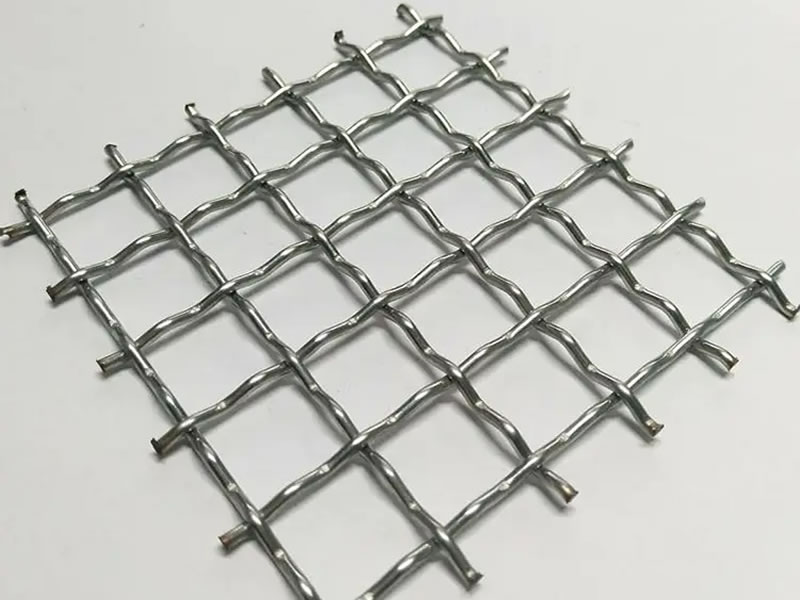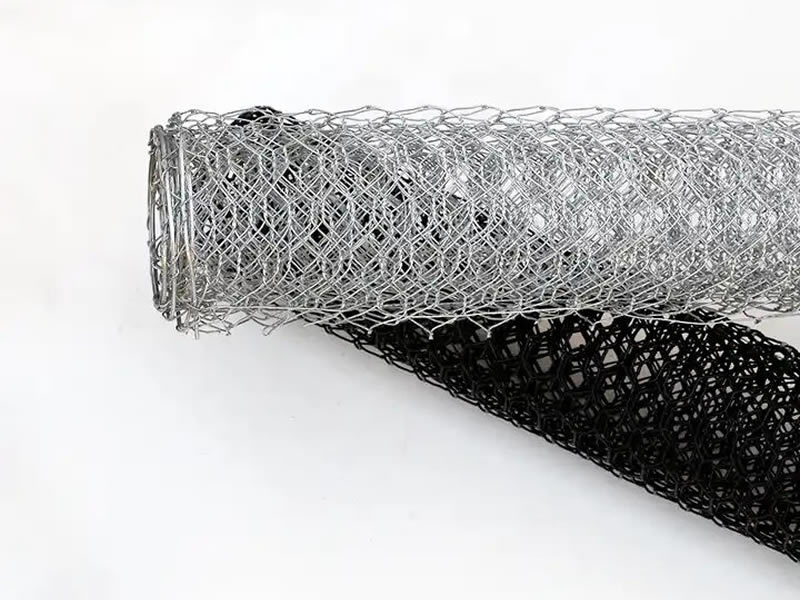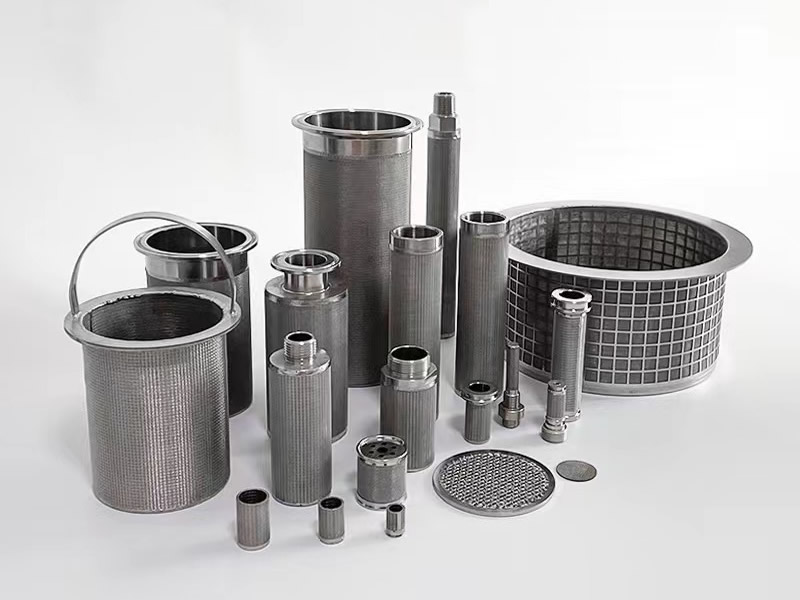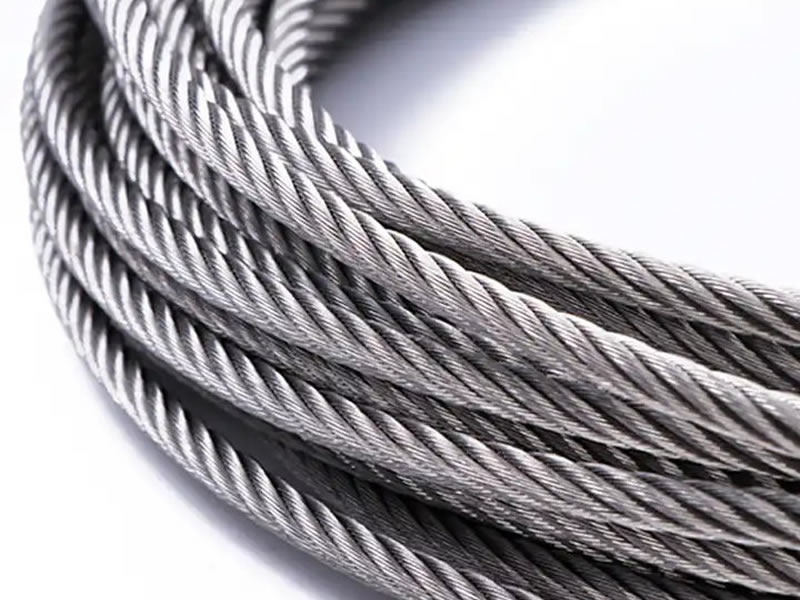Stainless steel wire is a flexible, strong material crafted from stainless steel, an alloy composed mainly of iron, chromium, and nickel, which grants it significant resistance to rust and corrosion. Stainless steel wire’s notable strength and resistance to extreme temperatures and corrosive environments make it ideal for applications ranging from medical devices and automotive components to construction and home appliances.
Material
- 304: Highly corrosion-resistant, versatile, used in everything from kitchen appliances to industrial machinery.
- 304L: Low-carbon version of 304, better for welding and high corrosion resistance.
- 316: Stronger corrosion resistance, especially in marine environments, used in medical and marine industries.
- 316L: Similar to 316 but better for welding and extremely corrosive environments.
- 310: Excellent high-temperature resistance, used for furnace parts and heat treatment equipment.
- 430: Good formability and corrosion resistance, often used for decorative applications.
- 317/317L: Excellent chemical and corrosion resistance, used in processing industries.
- 321: Resistant to high temperatures, suitable for aerospace and exhaust systems.
- 347: Great for high-temperature applications, often used in aircraft components.
- 309: Very good heat resistance, used for furnace parts and heating elements.
- 410: Can be hardened, offering good strength and wear resistance.
- 2205 Duplex: Very strong, with superior corrosion resistance, used in challenging environments.
- 2507 Super Duplex: Extremely strong and corrosion-resistant, used in severe conditions.
- 904L: Exceptionally resistant to acids and corrosion, used in chemical processing.
- 330: Excellent for high temperatures and resistance to oxidation, used in industrial heating.
- 410S: Low-carbon version of 410, better for forming and welding but less corrosion-resistant.
Wire Diameter
Fine Diameter Wire
Wire Diameter: 0.0010″ – 0.030″ (0.025 mm – 0.76 mm)
Fine diameter wire is typically used for precision applications such as electronics, weaving fine meshes, and medical devices.
Medium Diameter Wire
Wire Diameter: 0.031″ – 0.080″ (0.79 mm – 2.03 mm)
This range is suitable for applications like making springs, general wire forms, and some types of wire mesh.
Thick Diameter Wire
Wire Diameter: 0.081″ – 0.250″ (2.06 mm – 6.35 mm)
Thick diameter wire is used for heavy-duty applications such as structural supports, cable rigging, and industrial machinery.
Extra-Thick Diameter Wire
Wire Diameter: 0.251″ – 0.500″ (6.38 mm – 12.7 mm)
Extra-thick wire is often utilized in applications requiring high strength and durability, including large-scale structures and heavy equipment.
The strength and flexibility of the wire also correlate with its diameter. Thicker wires generally offer higher tensile strength but less flexibility compared to thinner wires.
Manufacturing Process
- 1. Melting and Casting
Metal and raw materials like chromium, nickel, and iron are melted together in an electric furnace. The molten steel is then cast into slabs or billets. - 2. Hot Rolling
These slabs or billets are heated and rolled in a mill to reduce their thickness and make them easier to shape. - 3. Annealing
This heat treatment step relieves internal stresses and softens the steel, making it more ductile and easier to work with. - 4. Descaling
The surface of the hot-rolled steel is cleaned through acid baths or mechanical cleaning to remove scale and prepare it for drawing. - 5. Wire Drawing
The cleaned steel is then drawn through progressively smaller dies to reduce its diameter to the desired wire size. This process may include several rounds of drawing and annealing. - 6. Coating (Optional)
Some wires are coated with materials like copper, zinc, or polymers to enhance their corrosion resistance and appearance. - 7. Spooling and Packaging
Finally, the wire is wound onto spools and packaged for distribution and use in various industries.
Packaging
- Coils: Rolled into a coil and secured.
- Spools: Wound onto round spools for easy unwinding.
- Carriers: Placed onto metal frames for larger amounts.
- Drums: Rolled onto big drums, especially for thick wires.
- Cut Lengths: Cut into pieces and bundled together.
- Pallets: Coiled and put on pallets for forklift handling.
- Wrapping: Wrapped in plastic or paper to protect from dirt and moisture.
- Boxes: Placed in boxes for smaller quantities.
- Custom Packaging: Made-to-order packing for special needs.
Applications
- Industrial Applications: Key component in machinery for making springs and cables, and used as welding wire.
- Agriculture: Applied in fencing for animal enclosures to ensure durability and strength.
- Construction and Architecture: Used in reinforcing concrete, structural supports for buildings, and decorative elements like railings and panels.
- Art and Decor: Preferred for outdoor sculptures and art installations due to its long-lasting nature and minimal upkeep.
- Automotive Industry: Found in engine parts, safety components like seat belts, and tire cords.
- Medical Devices: Utilized in surgical instruments and orthopedic implants like pins and screws.
- Consumer Goods: Common in home appliances such as wire shelves in refrigerators and ovens, and also in jewelry and watch bands.
- Telecommunications: Forms part of the infrastructure like cables and supports.
- Marine Environment: Used in rigging systems, ropes, and decking materials to withstand saltwater corrosion.
- Aerospace Industry: Employed in manufacturing aircraft components that must endure extreme conditions.















